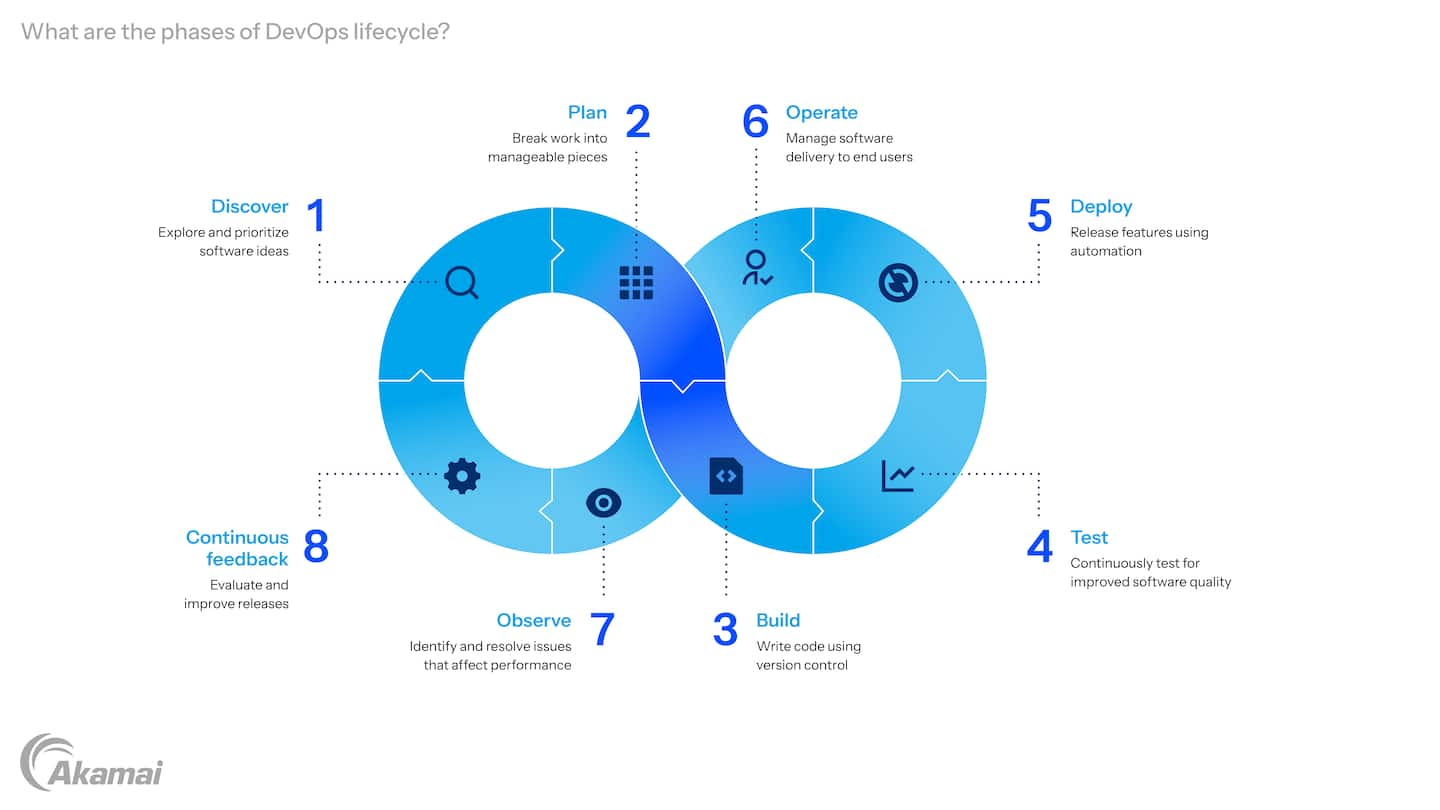There are countless DevOps tools, including tools for version control, continuous integration, deployment, monitoring, and collaboration. Some of the most popular DevOps tools include Git, Jenkins, Docker, Prometheus, and Slack. These tools allow you to collaborate, use CI/CD pipelines, share files in real time, and more. Tools like Raygun allow you to monitor applications and track errors to improve the user experience.
Frequently Asked Questions
Implementing DevOps practices starts with a cultural change. Team collaboration and continuous learning are key elements of DevOps, and that begins with your culture. Incorporating automation with tools like Ansible saves you time and money, while CI and CD make building, testing, and deploying your code changes easier.
There are also monitoring tools like Raygun that allow you to quickly respond to errors and bottlenecks. Integrating DevOps and building a culture that encourages collaboration and automation can help you develop and deliver applications faster — giving you more time to focus on API security and other essential tasks.
Tracking key metrics ensures you focus on the true DevOps meaning — increasing efficiency, speed, and security. Look at your deployment frequency or how often you’re deploying new code. Change lead time measures how long it takes to deploy changes, while change failure rate tells you how often changes result in an error or downtime. The mean recovery time is the average time it takes to fix an issue that resulted in an error or downtime. Tracking these metrics ensures you get the results you expect in a DevOps environment.
Microservices and DevOps are complementary because they work toward the same goal — timely and reliable deployment. So, what is DevOps’ effect on microservices? Microservices architecture allows for the rapid, reliable delivery of large, complex applications. DevOps practices improve deployment frequency and minimize the rate of failure, which supports timely and reliable deployment.
The primary goal of DevOps is to foster collaboration between development and operations teams, enabling faster, more reliable software delivery. By integrating processes and automating workflows, DevOps enhances productivity, optimizes the software development lifecycle, and improves application performance.
Kubernetes automates the deployment, scaling, and management of containerized applications, making it a key component of the DevOps workflow. By using Kubernetes, teams can ensure that their applications run consistently across environments, improving the efficiency of their CI/CD pipelines and supporting high-performance development processes.
Culture is a foundational element of DevOps. A strong DevOps culture emphasizes collaboration, transparency, and shared responsibility between development and operations teams. This cultural shift eliminates silos, encourages continuous learning, and fosters an environment where all team members are accountable for the success of the product.
Open source tools, such as Git, Jenkins, and Kubernetes, are widely used in DevOps because they promote collaboration, flexibility, and innovation. These tools are continuously improved by global developer communities and allow teams to customize their workflows, automate processes, and optimize software delivery pipelines.
DevOps enhances the application lifecycle by promoting automation, continuous integration, and continuous delivery. These practices streamline the development process, allowing teams to quickly test, build, and deploy code. As a result, applications are delivered faster, with fewer errors, and can be updated more frequently to meet changing user needs.
Why customers choose Akamai
Akamai is the cybersecurity and cloud computing company that powers and protects business online. Our market-leading security solutions, superior threat intelligence, and global operations team provide defense in depth to safeguard enterprise data and applications everywhere. Akamai’s full-stack cloud computing solutions deliver performance and affordability on the world’s most distributed platform. Global enterprises trust Akamai to provide the industry-leading reliability, scale, and expertise they need to grow their business with confidence.


